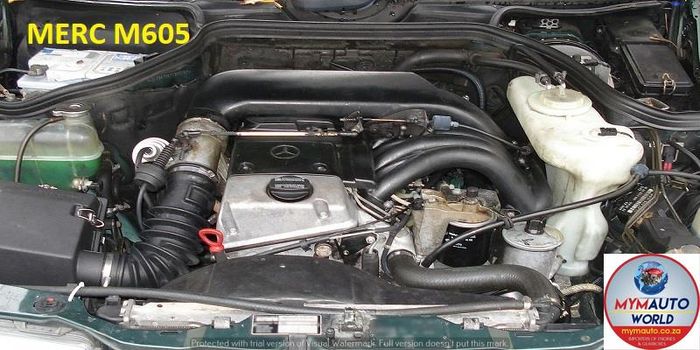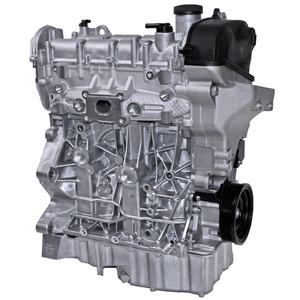Opel Corsa Engine: Whatever You Need to Know Before Buying
Opel Corsa Engine: Whatever You Need to Know Before Buying
Blog Article
Exploring the Inner Functions of a Compact Automobile's Engine System
As chauffeurs, we commonly take for approved the complex processes that occur within the confines of our lorry's engine system. The compact yet complicated machinery that pushes us ahead is a wonder of design precision and coordination. From the controlled surges in the combustion chamber to the meticulous timing of fuel injection, every element plays a critical function in the smooth operation of the engine. In this exploration of a compact vehicle's engine system, we will certainly decipher the inner workings of this mechanical harmony, clarifying the mysteries that drive us forward on our everyday journeys.
Burning Refine Review
The combustion process in a compact automobile's engine system is an essential system that successfully transforms fuel right into power to power the lorry. This process takes place within the combustion chamber of the engine, where fuel and air mix, spark, and produce regulated explosions. The burning process consists of four primary stages: consumption, exhaust, compression, and power.
Throughout the consumption stage, the piston moves downward, drawing in a blend of air and fuel into the burning chamber. This down activity creates the power required to drive the lorry. This cyclic burning process is basic to the operation of a compact lorry's engine system, guaranteeing efficient power conversion for propulsion.
Piston and Cylinder Interaction

The piston's exact fit within the cylinder is necessary for maintaining optimal compression and preventing power loss during burning. Limited clearances in between the piston and cylinder wall surfaces guarantee efficient sealing, enabling the piston to relocate smoothly without enabling gases to leakage past. Correct lubrication is also essential to minimize friction and wear in between these components, enhancing longevity and efficiency.
In addition, the layout and products utilized in manufacturing the piston and cyndrical tube influence engine efficiency and sturdiness. Modern engines typically employ lightweight yet sturdy products like light weight aluminum alloys for pistons and cylinder liners to decrease inertia and enhance thermal efficiency. On the whole, the unified communication between the piston and cyndrical tube is basic to the engine's performance and overall performance.
Fuel Shot System Performance
Fuel shot systems in small car engines play a crucial role in specifically providing fuel to the burning chamber for effective and controlled ignition. The fuel shot system functions by infusing gas into the burning chamber at the ideal minute during the engine's operation (opel corsa engine). This specific timing ensures that the fuel mixes equally with the air for proper burning, bring about improved fuel performance and minimized emissions
There are largely 2 sorts of fuel injection systems utilized in portable car special info engines: port gas injection (PFI) and straight gas injection (DFI) PFI systems inject gas into the intake port prior to the intake valve, while DFI systems infuse fuel directly right into the burning chamber. Both systems have their advantages, with DFI using better fuel atomization and PFI giving a more economical remedy.
Comprehending Engine Air Conditioning Devices
Efficient procedure of a portable vehicle's engine depends greatly on the performance of its cooling mechanisms. Engine cooling is important to protect against overheating, which can result in severe damages and lowered performance. The cooling system in a small automobile typically contains a number of elements More Bonuses functioning with each other to manage the engine temperature. One important component is the radiator, which makes use of coolant to soak up warmth from the engine. As the warm coolant flows with the radiator, it releases warmth into the air, cooling off before returning to the engine. The water pump distributes the coolant with the engine and radiator, making certain a regular flow to manage temperature level. Additionally, the thermostat helps control the coolant flow to maintain optimum engine temperature level. Some lorries also have cooling followers that turn on when added air you can try here conditioning is required, such as during rush hour or hot weather. Recognizing these engine cooling devices is essential for keeping the efficiency and durability of a small car's engine system.

Exhaust System Components Explained
The optimum functioning of a portable car's engine air conditioning systems depends on a complementary system understood as the exhaust system, which consists of various crucial elements for ensuring effective emissions and engine efficiency. The exhaust manifold gathers exhaust gases from the engine's cylinders and paths them to the catalytic converter.
One essential component of the exhaust system is the oxygen sensing unit, which keeps an eye on the oxygen degrees in the exhaust gases to help control fuel usage and make sure optimum engine performance. opel corsa engine. Additionally, the resonator may be existing in some exhaust systems to lower noise levels. Generally, the exhaust system plays an essential role in preserving engine performance, lowering hazardous exhausts, and ensuring a quieter driving experience for compact automobile owners

Conclusion
Finally, the portable vehicle's engine system is a complicated mix of components that function with each other to promote the burning process, convert gas right into power, and eliminate waste gases. Comprehending the internal functions of the engine system, consisting of the piston and cyndrical tube interaction, fuel injection system, engine cooling systems, and exhaust system parts, is essential for maintaining ideal performance and efficiency of the vehicle.
The combustion process in a compact vehicle's engine system is an important device that successfully converts fuel into energy to power the vehicle.Fuel injection systems in compact vehicle engines play a crucial role in precisely delivering fuel to the burning chamber for regulated and reliable ignition.There are mostly two types of fuel injection systems utilized in small lorry engines: port fuel shot (PFI) and straight fuel injection (DFI) Understanding these engine air conditioning devices is essential for maintaining the performance and durability of a small lorry's engine system.
The ideal functioning of a compact lorry's engine air conditioning mechanisms depends on a complementary system known as the exhaust system, which consists of numerous crucial parts for making certain efficient exhausts and engine performance.
Report this page